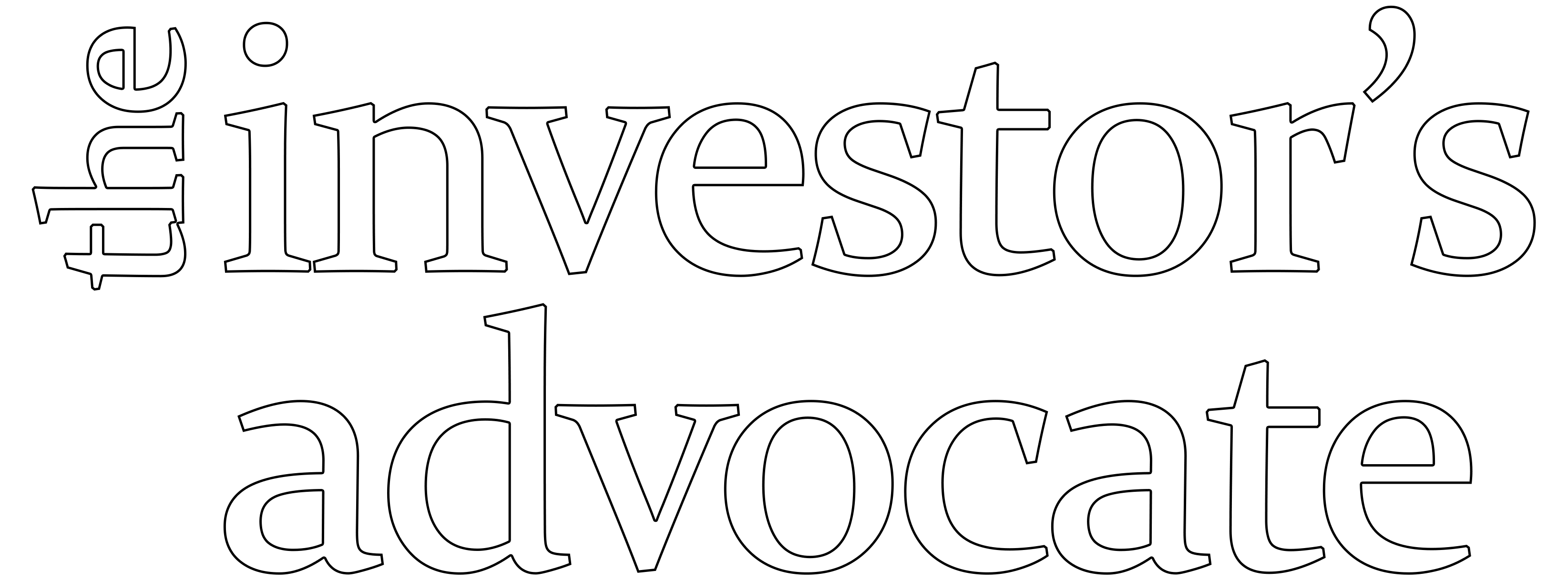
The basics of the Monte Carlo method is repeated random sampling based on a known distribution. By utilizing randomness, we can solve problems that would be impossible or difficult using other approaches due to their inherently stochastic nature. The Monte Carlo method is often used in optimization, integration, or generating possible results from a probability distribution.
For instance, with a given set of known parameters like means, volatilities, and correlations, we can randomly draw from a known distribution to generate observations that have the distributional properties of these parameters. Then we can find a deterministic solution to a stated problem through computations and repeat the process to generate a sample of solutions whose properties are objects of our study.
In finance specifically, our questions of interest might not have determinist solutions since factors such as sales volume, exchange rate, and the change of tax laws, could be hard to obtain or predict. With the Monte Carlo method, we can interpret the solution probabilistically by examining the sample properties, which provide us insight of the sampling distribution, thus incorporating the effects of unknown parameters.
Monte Carlo simulation can help us evaluate credit risk and figure out how the correlation across bonds can affect the chance of joint default. For example, we have bonds A, B, and C and we want to know the probability of these three bonds defaulting at the same time. After calculating the mean, volatility, and independent default probability of each bond, we can then generate a series of draws with different correlations to find the relationship between the joint probability of all three bonds defaulting at the same time, as well as the correlation of their returns.
We have created a tool that helps illustrate how Monte Carlo simulations are used in finance to simulate the performance of investments. Click here to view and interact with our tool.